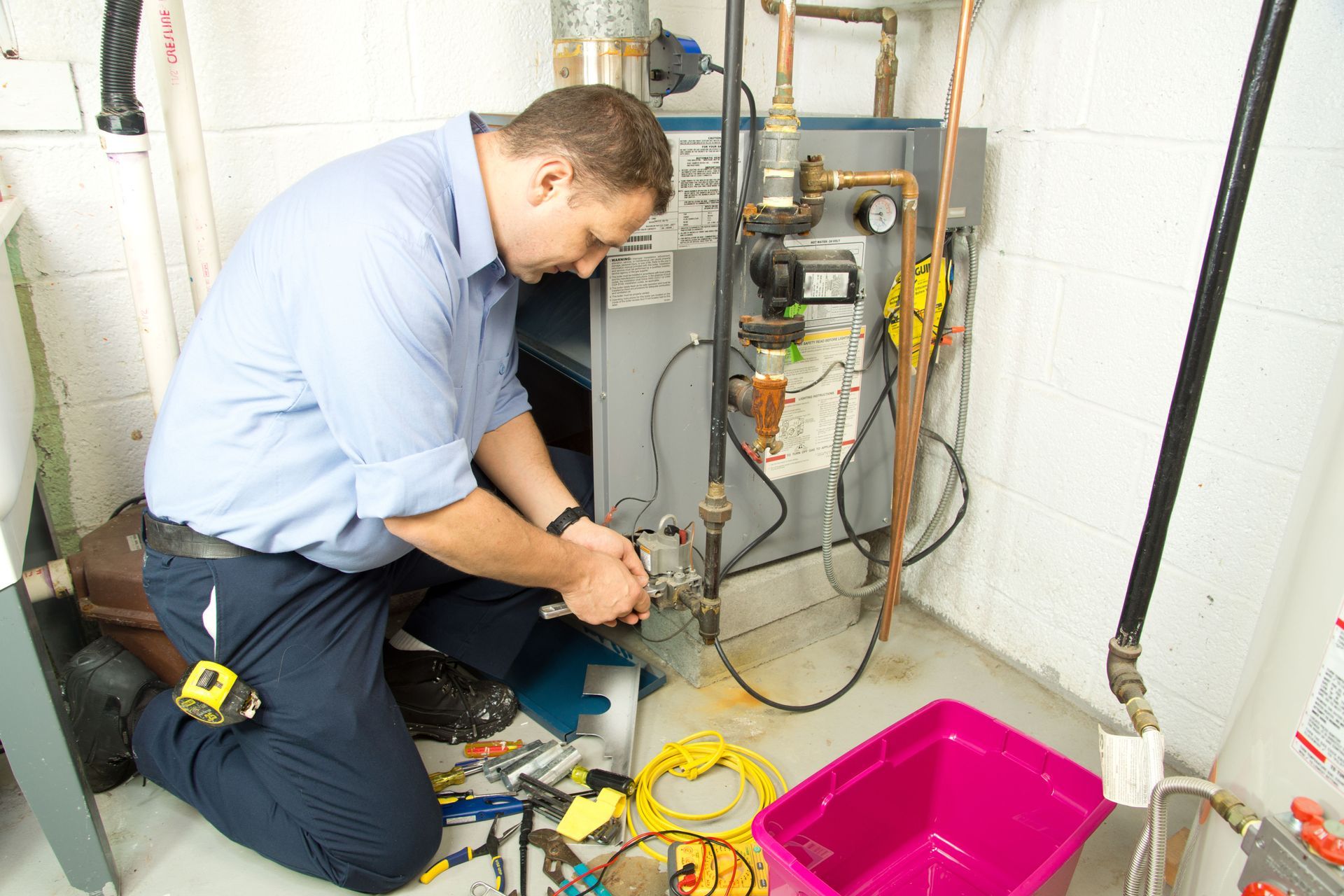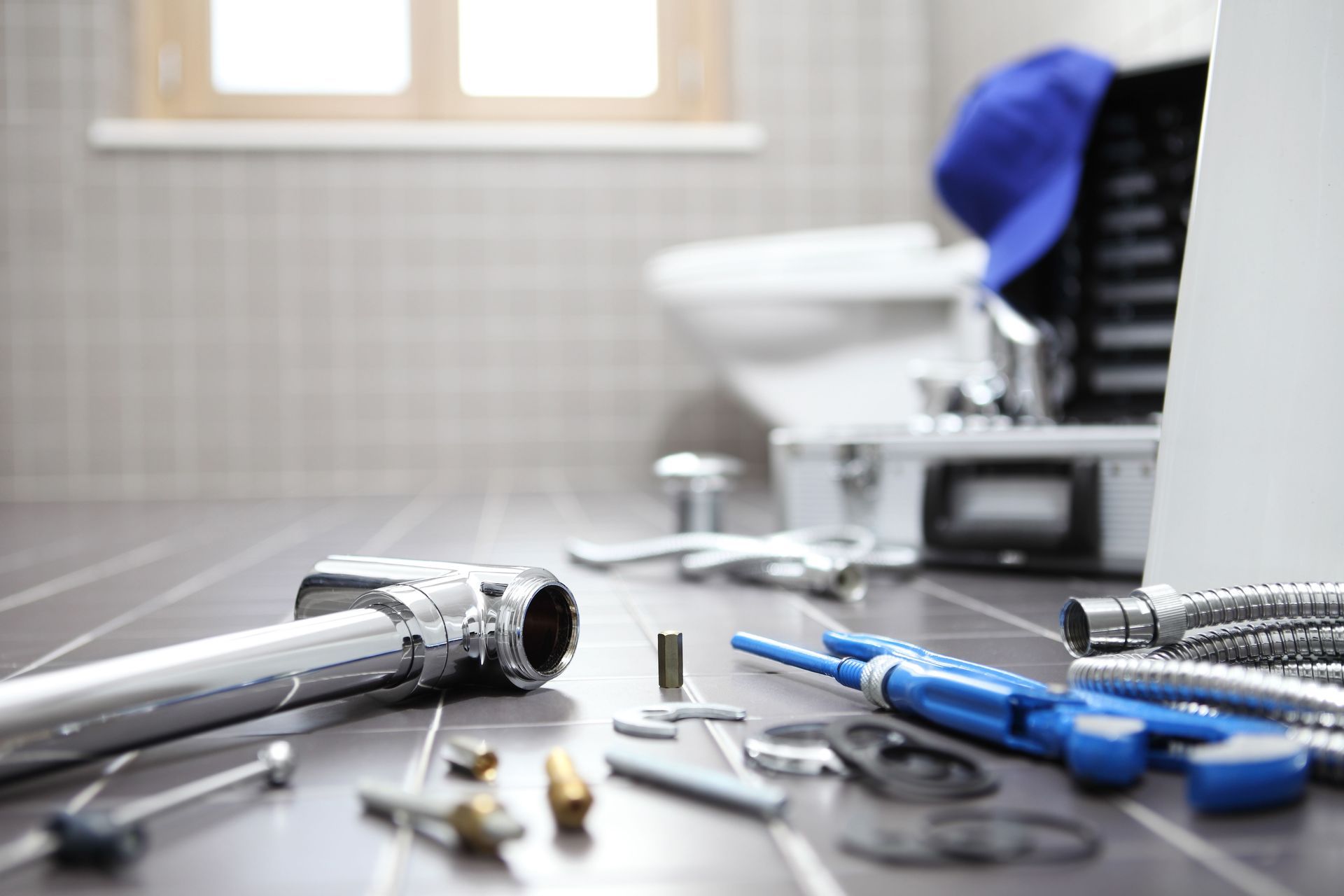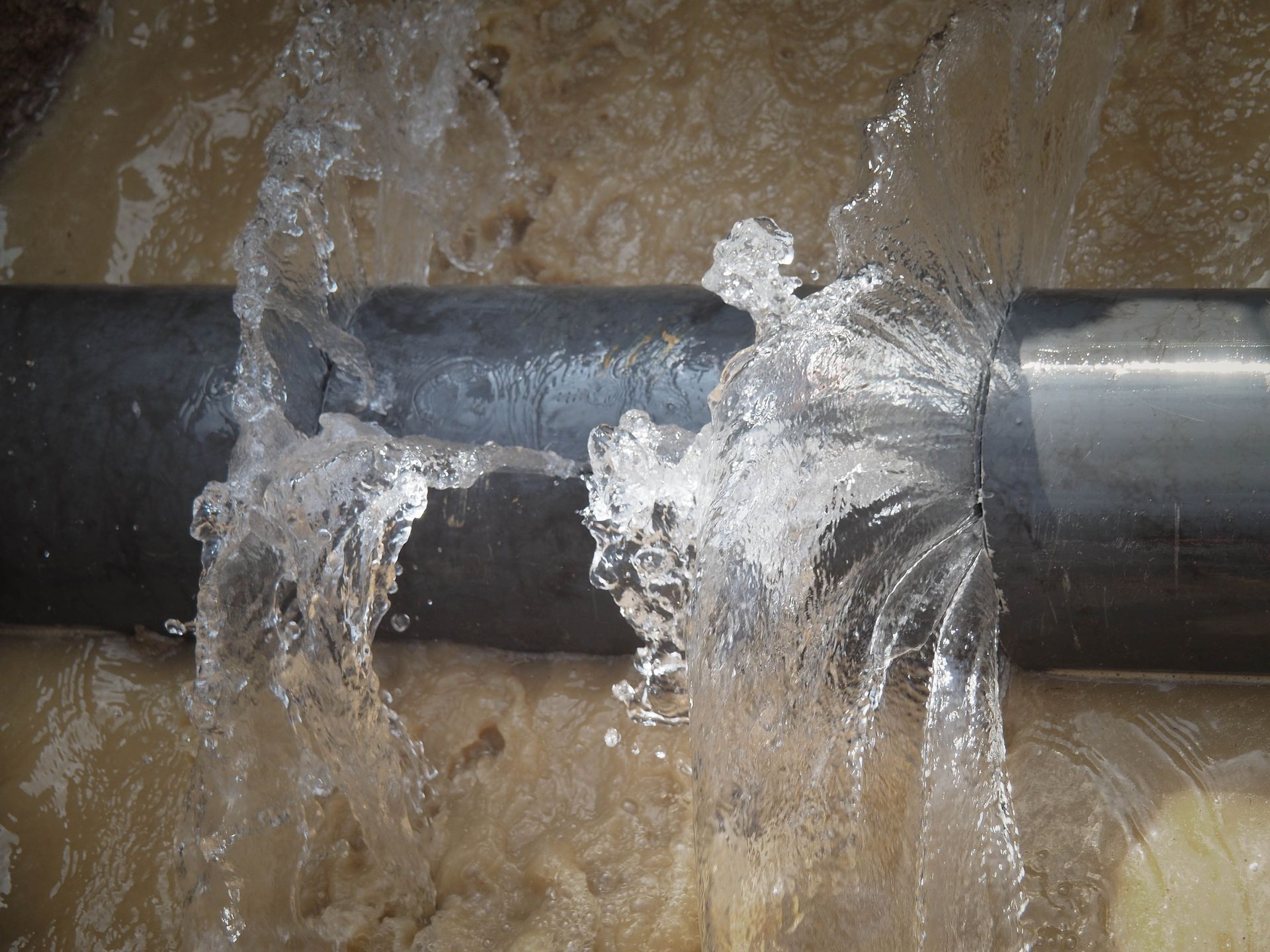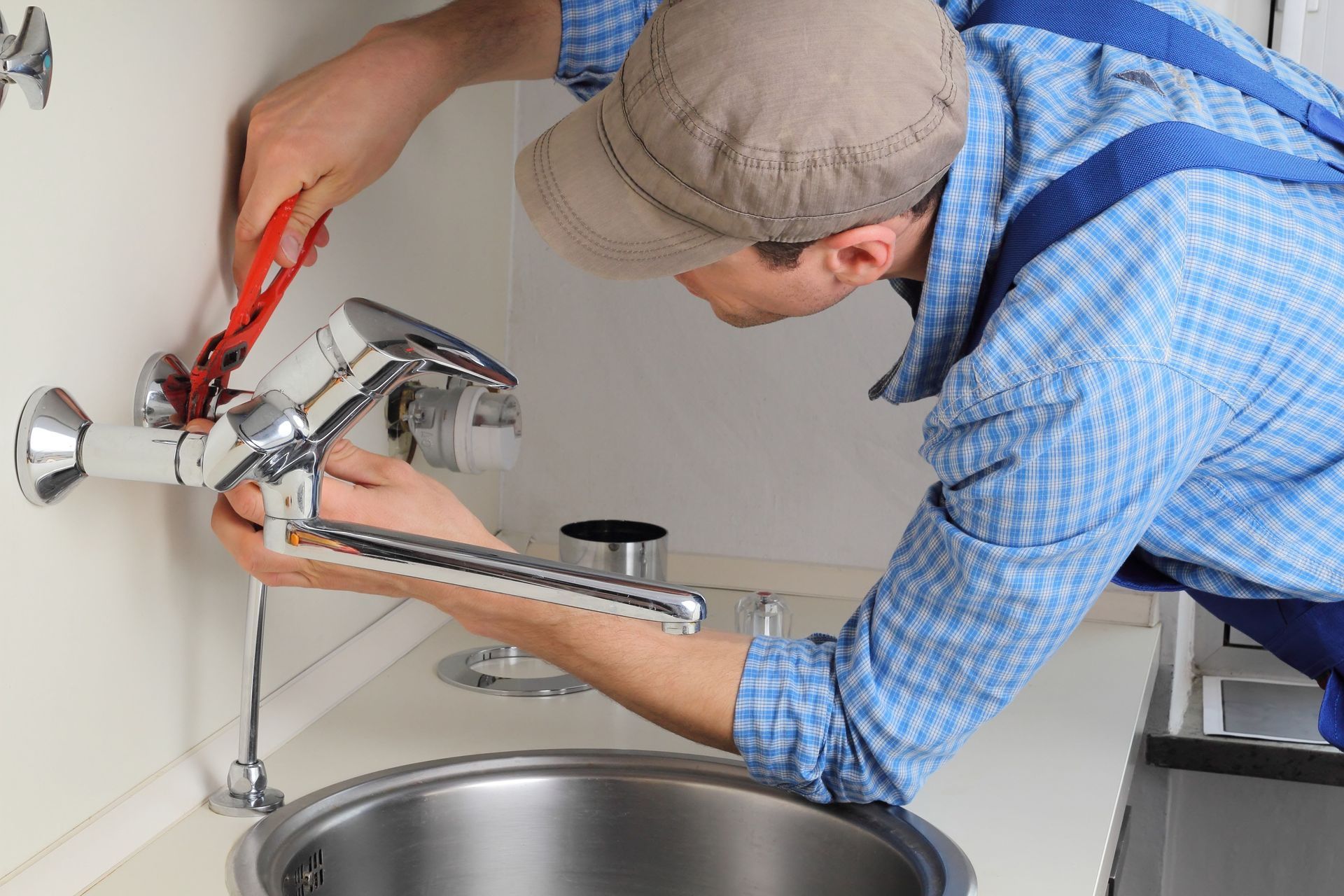5 Things a Plumber Checks Before Installing a New Water Heater
Installing a new water heater isn’t as simple as pulling out the old one and plugging in a replacement. A lot of behind-the-scenes checks go into making sure your new unit operates safely, efficiently, and in compliance with local building codes. Whether you’re upgrading for more capacity, better energy efficiency, or replacing a failing system, hiring a qualified professional is a smart move.
Before the installation begins, there are several critical things a plumber will evaluate. These inspections ensure the water heater is compatible with your home's systems and that it will function safely from day one. Here's a closer look at the five key areas that professionals examine before putting your new water heater to work.
1. Assessment of Water Supply and Pressure
One of the first things a plumber will check is your home’s water supply and pressure. If the supply lines aren't in good condition or the pressure is too low (or even too high), your new water heater may not perform correctly or last as long as it should.
Over time, pipes can corrode or become partially blocked, reducing water flow. This is especially common in older homes with galvanized steel piping. The plumber will also check to ensure the main shutoff valve works properly and that there are no leaks or weak joints. Additionally, they will use a pressure gauge to make sure your water pressure is within the ideal range, typically between 40 and 80 psi. Anything higher may require a pressure-reducing valve to protect both the new water heater and your plumbing fixtures.
2. Examination of Venting and Exhaust Requirements
Proper venting is critical for gas water heaters, as it ensures that dangerous combustion gases like carbon monoxide are safely expelled from your home. A plumber will inspect the existing venting system to determine whether it meets current code requirements and if it's compatible with the new water heater model. This inspection helps prevent potentially deadly situations caused by poor ventilation and ensures your system operates efficiently.
Venting systems vary between standard atmospheric models and high-efficiency units, which may require direct venting or power venting. The installer will check the length, slope, diameter, and material of the vent pipe to ensure it allows for proper airflow and prevents back-drafting. Additionally, the plumber will look for any signs of corrosion, blockages, or damage that could impair venting performance. For electric water heaters, venting isn’t required, but nearby air circulation and moisture control might still be considered, especially in enclosed spaces like closets or attics, to reduce the risk of mold growth and maintain a safe, dry environment. Proper airflow also helps prolong the life of the water heater and other nearby appliances.
3. Inspection of Electrical and Fuel Connections
A new water heater must be matched with the right energy source, and a plumber will carefully examine the electrical or fuel systems in your home to ensure compatibility. For electric water heaters, this includes checking the circuit breaker panel, wire gauge, and existing electrical connections. If the wiring is outdated or undersized, it could be a fire hazard or simply not deliver enough power, potentially causing the water heater to malfunction or trip the breaker frequently.
For gas or propane models, the gas line is evaluated for capacity, pressure, and leak-free connections. The plumber will ensure that any gas shutoff valves are in the right place and functioning correctly. They’ll also verify that the gas supply is sufficient for the new unit, especially if you're upgrading to a larger tank or a tankless model that demands more fuel flow. This kind of inspection ensures a smooth and safe installation from the start. Additionally, the plumber will confirm proper ventilation for gas units, as adequate airflow is crucial to prevent the buildup of dangerous gases and maintain efficient combustion, further ensuring your home's safety and compliance with local codes.
4. Assessment of Drainage, Expansion, and Safety Devices
Drainage and pressure control are two of the most overlooked but essential components of water heater installation. A plumber will inspect the floor and surrounding area to ensure it can safely handle water in case of leaks or overflows. If the heater is located in a finished space or an upper floor, a drain pan and properly routed drain line are usually required.
The pressure relief valve and its discharge pipe must be correctly installed and positioned to prevent accidents. Additionally, the plumber will evaluate whether your system needs an expansion tank. These tanks help manage the increase in pressure that occurs when water heats and expands inside a closed-loop plumbing system.
According to This Old House, modern water heaters are 15% to 30% more efficient and can significantly lower your monthly energy bills based on how much hot water you use. To get those savings, safety mechanisms like pressure relief valves and expansion tanks must be properly installed and functioning — another reason these inspections matter. Ensuring proper drainage and pressure control not only protects your home but also maximizes the efficiency and lifespan of your new water heater.
5. Verification of Unit Sizing, Efficiency, and Compatibility
One of the final — and arguably most important — steps a plumber will take before installing a new water heater is verifying that the chosen model is properly sized for your home’s hot water needs. Too small, and you’ll run out of hot water during peak times. Too large, and you’ll waste energy heating water you don’t need.
The plumber will consider your household size, number of bathrooms, and peak usage patterns. For example, if your family routinely takes multiple showers in the morning while running the dishwasher, that’s important information for selecting a water heater with the right capacity and recovery rate.
Efficiency also plays a role. New models, especially Energy Star-rated units, are significantly more efficient than those made even a decade ago. A plumber can explain the trade-offs between different types of heaters — standard tank, tankless, hybrid — and ensure the model you choose is compatible with your space, venting system, and budget.
Physical space is another compatibility check. Water heaters come in various sizes, and the plumber will ensure the new unit fits the designated space with enough room for airflow, service access, and code compliance. If the new model is taller or wider than the old one, adjustments to the surrounding area may be required.
Installing a new water heater is more involved than many homeowners realize. From verifying the water pressure and supply lines to checking electrical or gas connections and ensuring proper drainage and safety features, every step is critical to a successful installation. A licensed plumber performs these checks to make sure your new system is not only installed correctly but also safe and energy-efficient.
By carefully evaluating the space, connections, and home usage patterns, your plumber can help you choose a water heater that meets your needs for years to come. And with today's more efficient models, you can enjoy not just reliable hot water but also lower utility bills. The time spent on proper preparation pays off in long-term performance, peace of mind, and energy savings.
Whether you're upgrading an old tank or switching to a more modern system, trusting a qualified plumber is the best first step in your water heater installation journey. Ready to upgrade your water heater with confidence? Trust the experienced team at JWC Home Services to ensure every detail is handled safely, efficiently, and up to code—schedule your professional installation today!





Share On: